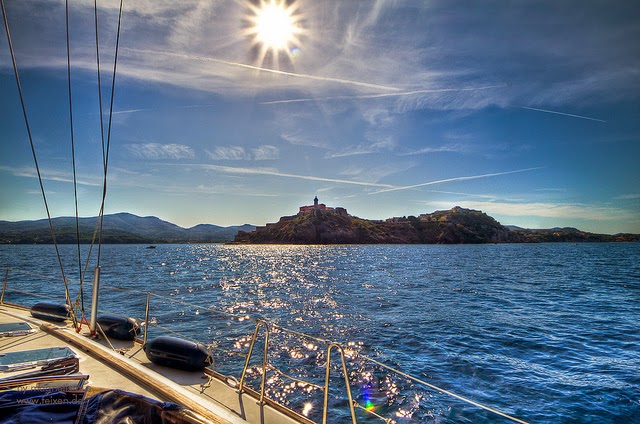Tuesday 19 August 2014
Friday 17 January 2014
Elba, Latin Ilva
Elba, Latin
Ilva, island off the west coast of Italy, in the Tyrrhenian Sea. Elba has an
area of 86 square miles (223 square km) and is the major island of the Tuscan
Archipelago. It is well-known as Napoleon’s place of exile in 1814–15.
Managerially Elba is part of Tuscany regione, Italy. Its coast is steep and its
interior mountainous, rising to Mount Capanne (3,343 feet [1,019 m]).
The Etruscans
mined iron ore at Elba, which was then called Aethalia (“Smoky Place”) by the
Greeks, perhaps because of the smelting furnaces. The Romans, who called it
Ilva, also mined iron ore and set up a naval base on the island. Elba was ruled
by Pisa in the early Middle Ages, but it passed to Genoa in 1290 and in 1399 to
the dukes of Piombino, who ceded it to Cosimo I de Medici of Florence in 1548.
A part of the island, in Spanish hands from 1596 until 1709, was next ruled by
Naples. In 1802 it was ceded to France, and, when Napoleon I abdicated in 1814,
he was exiled to Elba. He arrived there on May 4. The island was renowned as an
independent principality with Napoleon as its ruler until Feb. 26, 1815, on
which day he returned to France for the Hundred Days. Thereafter Elba was brought
back to Tuscany, with which it passed to unified Italy in 1860.
Subscribe to:
Posts (Atom)




